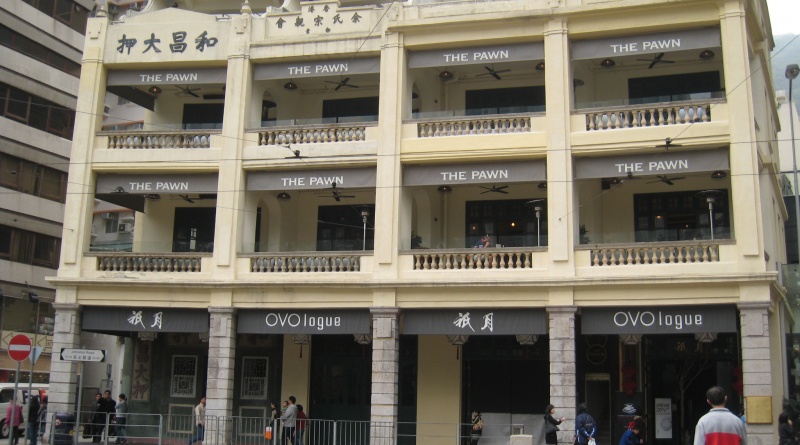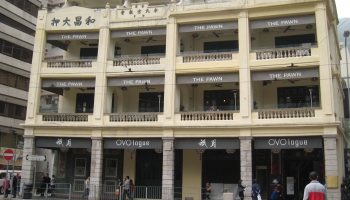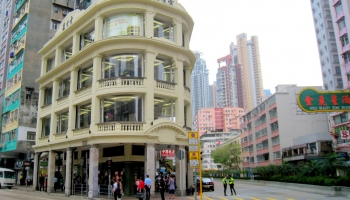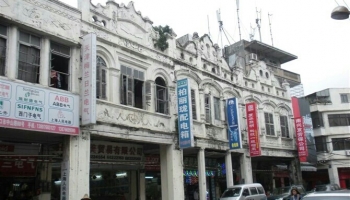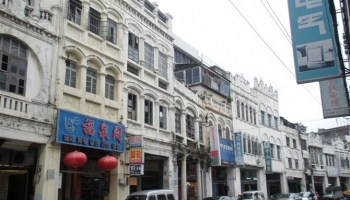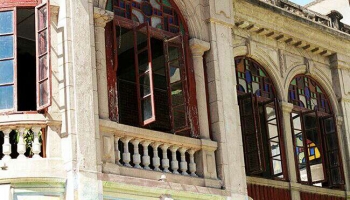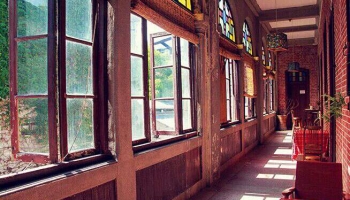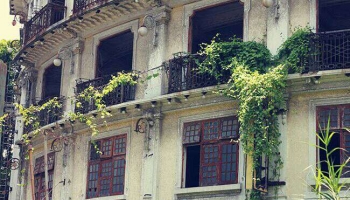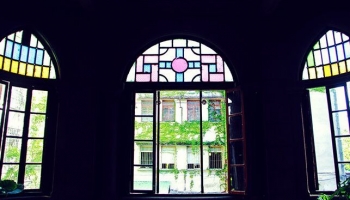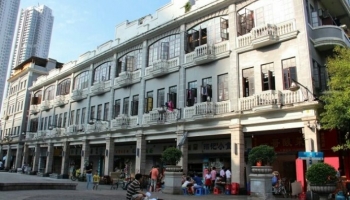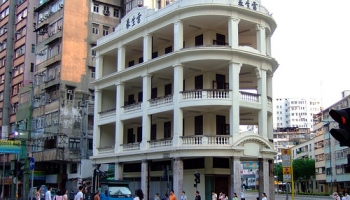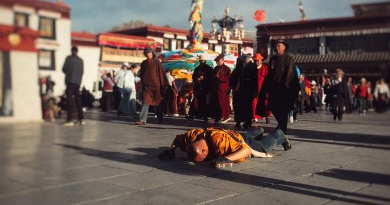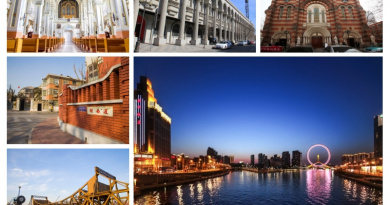Arcade Buildings in Guangdong
Arcade buildings are typical architectural style of the Guangdong province, and today, you can find these buildings style in Hong Kong and Guangzhou. They emerge from the end of 19th Century to the beginning of the 20th Century, and is characterized by a combination of architectural styles of Europe and South East Asia, and well adapted to the climate of Southern China: sun, heat and rain. The pillars are extended to the edge of the road, supporting the building above, and the open space between the pillars and the buildings become the arcade: excellent as a shade against the hot summer sun and rain. The ground floors are left for commercial use, and the arcade, well shelter from the sun and rain, create an excellent space for commercial activities. The upper floors will be reserved for residential use and storage. Rows of arcade buildings along the street create an orderly outlook for the area.
There are arched corridor style of ancient Rome, Baroque style decoration on the exterior and Roman style pillars. However, Chinese style bricks are used in the construction. If the owner of the building is relatively wealthy, they will also put a lot of ornamental motif on the wall surface window head below the window mills facing the street.
Today, you will find these types of buildings in the older district in Hong Kong like Wanchai, Sheung Wan as well as Shangxiajiu Road and Yide Road in Guangzhou.
One of the collective memories of the old Hong Kong and old Cantonese in Guangzhou is the “airplane olive” – preserved olive which is sold by the seller throwing up the olives to the second or third floors. At that time, ladies were not allowed to leave their house often. Or they are reluctant to go downstairs (no elevators of course) just to buy a bag of preserved olive. The olive sellers became very skillful at throwing bags of olive to the verandas or through the windows, and in turn, the buyer throw the money down to the sellers. The olive ‘fly’, and hence, it is named ‘airplane olive’.

